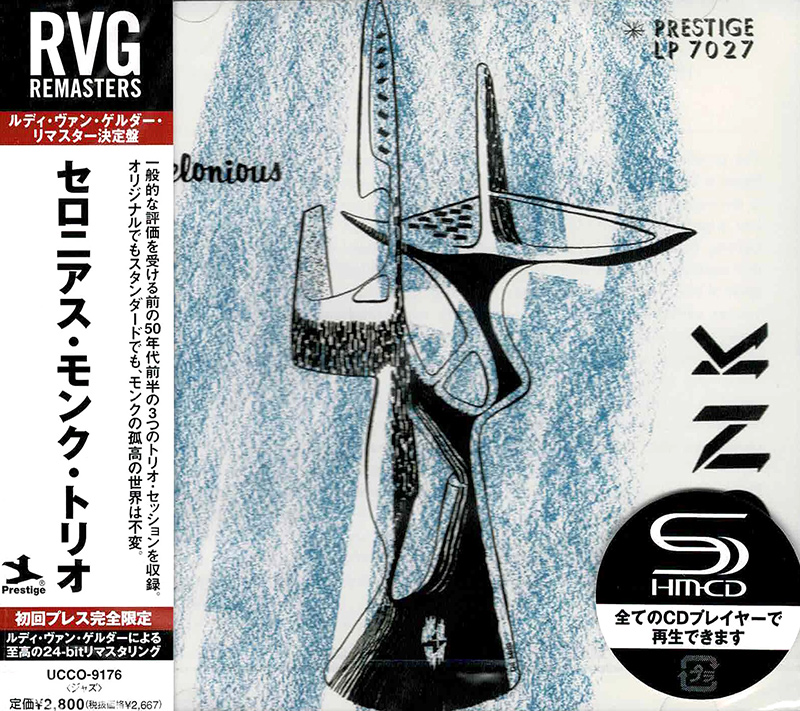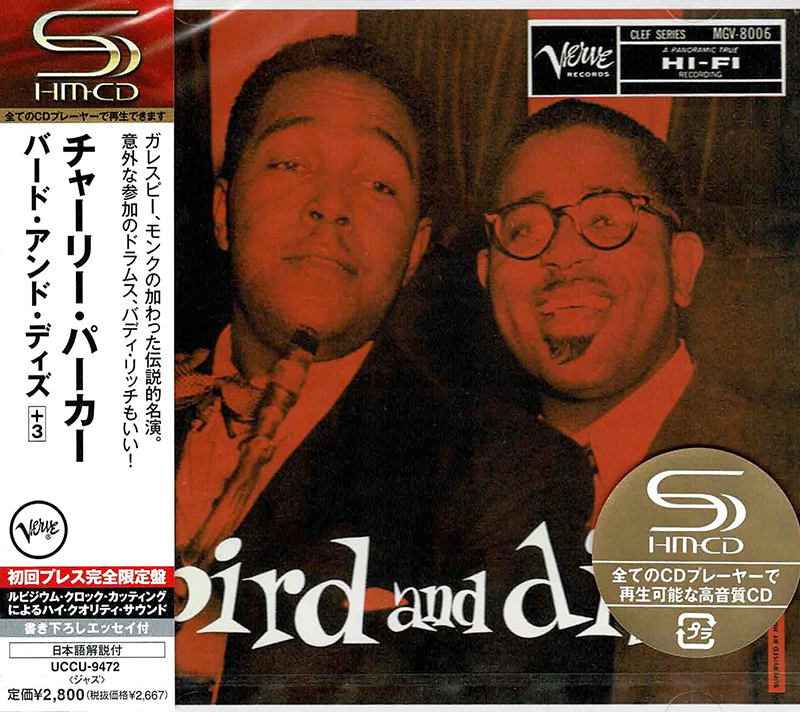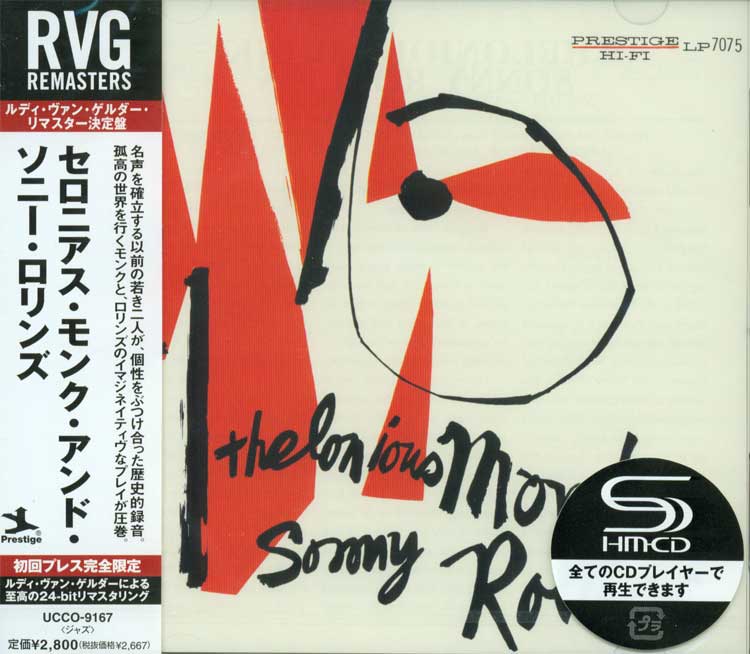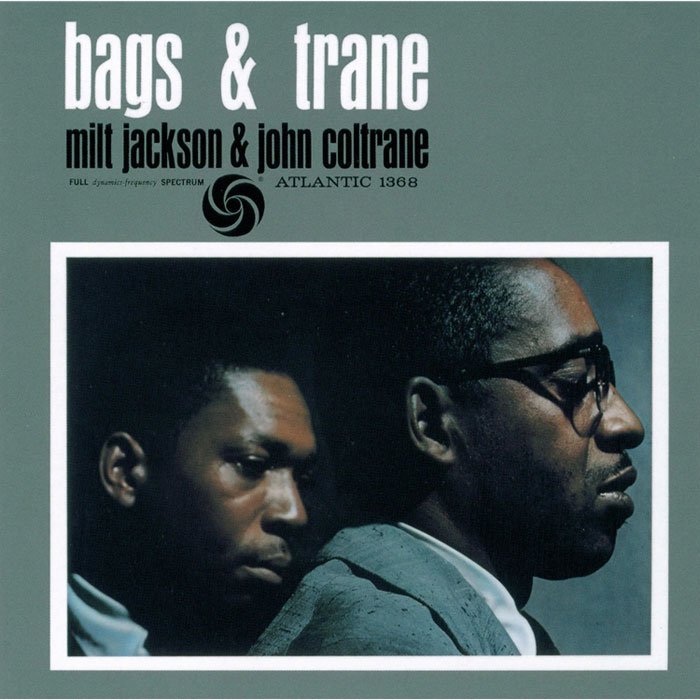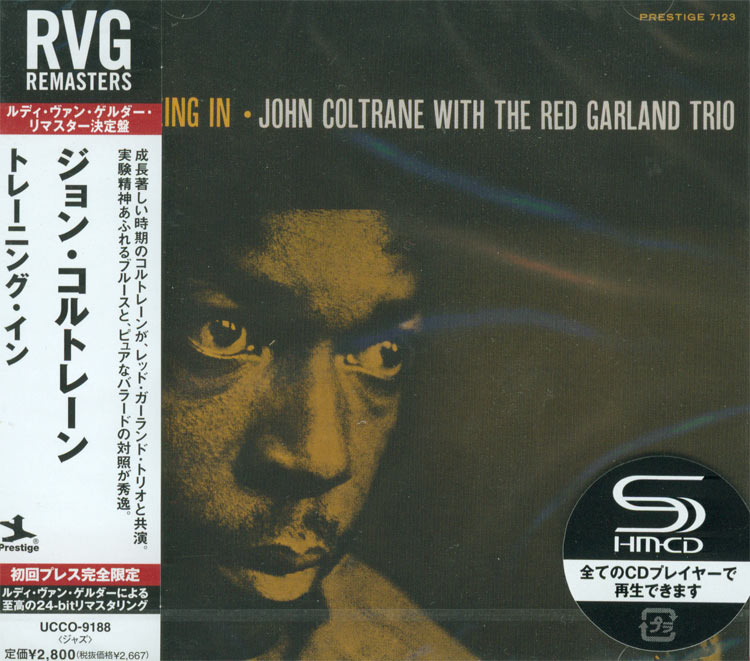Logowanie
Mikołaj - ten to ma gest!
Miles Davis, Horace Silver, Jay Jay Johnson, Percy Heath, Kenny Clarke, Lucky Thompson
Walkin'
20bit K2Super Coding - ale jak to brzmi!
Kasety magnetofonowe
Winylowy niezbędnik
ClearAudio
Double Matrix Professional - Sonic
najbardziej inteligentna i skuteczna pralka do płyt winylowych wszelkiego typu - całkowicie automatyczna
Thelonius Monk
Thelonious Monk Trio
- Thelonious Monk - Thelonious Monk Trio
- 01. Littlerootie Tootie (3:08)
- 02. Sweet And Lovely (3:36)
- 03. Bye-Ya (2:47)
- 04. Monk's Dream (3:08)
- 05. Trinkle Tinkle (2:50)
- 06. These Foolish Things (2:48)
- 07. Blue Monk (7:39)
- 08. Just A Gigolo (3:02)
- 09. Bemsha Swing (3:11)
- 10. Reflections (2:47)
- Thelonius Monk - piano

Płyty SHM-CD do odtworzenia we wszystkich typach czytników CD oraz DVD. Gwarantują niespotykaną wcześniej analogową jakość brzmienia, odwzorowują wszystkie walory taśmy-matki. Zdaniem specjalistów - ten nośnik i ta technologia najlepiej - bo natywnie, przenosi na krążek CD wszystkie walory nagrania analogowego.>
In between the first blush of genius represented by his maiden voyages for Blue Note and the veritable convulsion of creativity on Riverside, Monk recorded a handful of influential sessions for the Prestige label. THELONIOUS MONK gathers together most of Monk's trio performances onto one disc, presenting a stunning portrait of this American original as virtuoso improviser and composer--among the greatest trio performances in the history of jazz.
Monk was a craftsman of rhythmic contrast, a canny minimalist and musical architect who sustained the power of traditional jazz by expanding upon its primary virtues. Monk was also a master of texture and space who could make one chord suggest an orchestra and a few oddly stressed notes swing like crazy. His melodies were rhythmically conceived and accented, while his harmonies conferred extraordinary colors on his syncopated lines. Like Jelly Roll Morton and Duke Ellington, he conceived of the piano as a scaled down big band, which is what makes the music on THELONIOUS MONK so enduring.
"Blue Monk" is one of his most timeless, straight-forward themes, as the pianist engages Percy Heath and Art Blakey in an extended dialogue, making poetic use of space and rhythmic displacements to badger Blakey into one amen after another. "Little Rootie Tootie" is just as exciting; Monk's crashing tonal clusters evoke distant locomotives and train whistles, as his epic blues phrases and rhythmic intricacies inspire Blakey to antiphonal effects worthy of African talking drummers. And on "Bemsha Swing" and "Trinkle Tinkle" Monk takes this notion a step farther. He treats the drums as a thematic instrument, creating new harmonies and rhythms to match, as Max Roach responds with bristling melodic ideas.
As miraculous as his own tunes are, Monk's ability to distill the sucrose sentimentality of popular tunes into heady jazz moonshine is a wonder to behold. The rhythmic variations on "Sweet And Lovely," the stride asides and impressionist coda to "Just A Gigolo" the acerbic cubist chords introducing "These Foolish Things"--all betray Monk's obstreperous delight in these old songs, even as his witty transmutations illuminate the modern jazz attitude.































